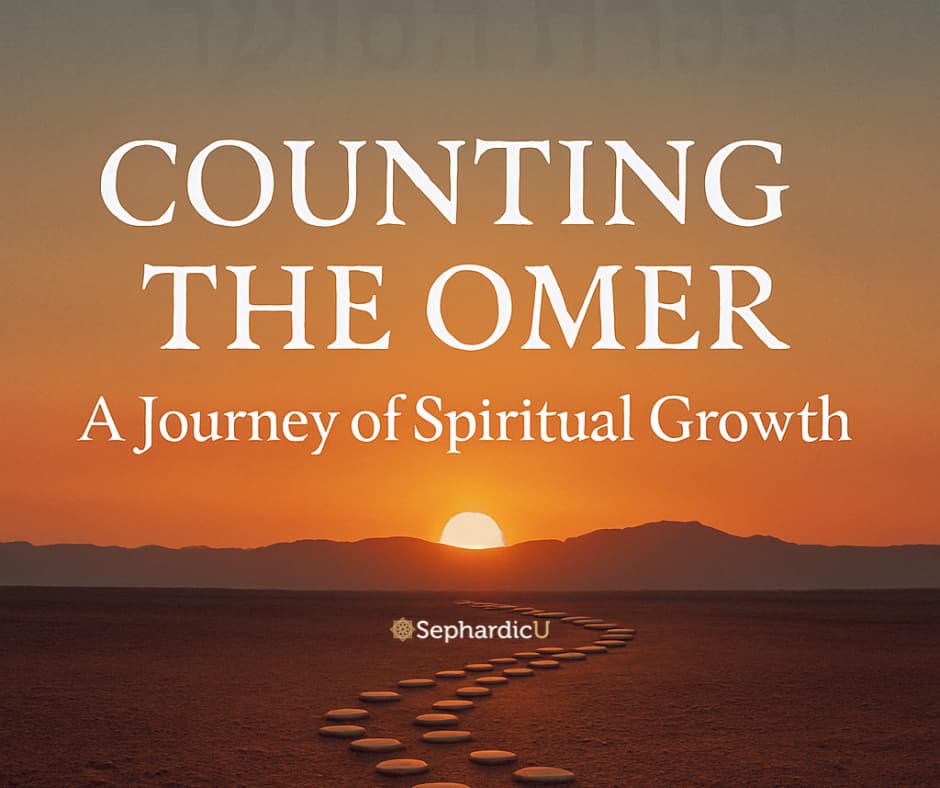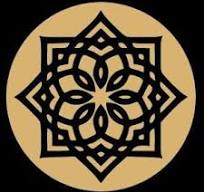Sephardic cuisine exhibits rich regional variations influenced by historical migrations and local ingredients across the Mediterranean, Middle East, and North Africa. Each region has contributed unique flavors and culinary practices, shaping the diverse tapestry of Sephardic gastronomy.
North African Influence
In North Africa, Sephardic cuisine integrates local Berber and Arabic culinary traditions with Jewish dietary laws, creating bold and aromatic dishes. Morocco, in particular, boasts a vibrant culinary heritage where spices like cumin, paprika, and cinnamon flavor iconic dishes such as tagines and savory pastries like burekas. Preserved lemons and harissa add depth to stews, reflecting the region’s penchant for robust flavors and intricate spice blends.
Ottoman and Balkan Influences
Sephardic Jews in Turkey and Greece adapted their cuisine with Ottoman and Balkan influences, blending Mediterranean staples with kosher dietary practices. Dishes like börek (flaky pastries filled with cheese or meat) and souvlaki (grilled skewers) showcase a fusion of flavors, utilizing local herbs, olive oil, and fresh seafood. These dishes highlight the culinary diversity and historical ties between Sephardic communities and their Anatolian and Balkan neighbors.
Iberian Legacy
In Spain and Portugal, Sephardic Jews preserved their culinary traditions while adapting to local Iberian ingredients and cooking styles. Dishes such as pescado frito (fried fish) and almond-based desserts reflect the region’s Mediterranean flavors, incorporating olives, citrus fruits, and aromatic herbs. The cuisine’s Iberian roots underscore its historical journey from the Iberian Peninsula to new lands, maintaining traditions amidst cultural changes.
Middle Eastern Influences
Across the Middle East, Sephardic cuisine embraces a mosaic of flavors influenced by Arab, Persian, and Jewish culinary traditions. Countries like Syria and Lebanon offer savory kibbeh (ground meat and bulgur patties) and stuffed grape leaves (warak enab) filled with fragrant rice and spices. These dishes exemplify the region’s culinary diversity, blending local ingredients with Sephardic dietary practices to create hearty and aromatic meals.
Italian and Greek Variations
In Italy and Greece, Sephardic Jews contributed to local cuisines with dishes that merge Mediterranean ingredients with Jewish dietary laws. Greek Sephardic cuisine features dishes like avgolemono soup (lemon-egg soup) and bourekas (flaky pastries), showcasing the region’s affinity for fresh herbs, seafood, and grains. Italian Sephardic communities integrated pasta, risotto, and olive oil into Jewish recipes, reflecting the cultural exchange between Italian culinary traditions and Sephardic dietary customs.
Culinary Diversity and Cultural Resilience
The regional variations of Sephardic cuisine highlight its adaptability and cultural resilience, shaped by centuries of migration and culinary exchange. Each community’s unique blend of ingredients, cooking techniques, and cultural practices enriches the gastronomic tapestry of Sephardic Jews worldwide. These regional influences underscore the cuisine’s evolution while preserving its historical legacy and culinary identity across generations.
Ready to explore more of Sephardic cuisine? Continue reading with our next section: Modern Influence and Global Spread of Sephardic Cuisine.







Ohr HaChaim Yomi – Shemini